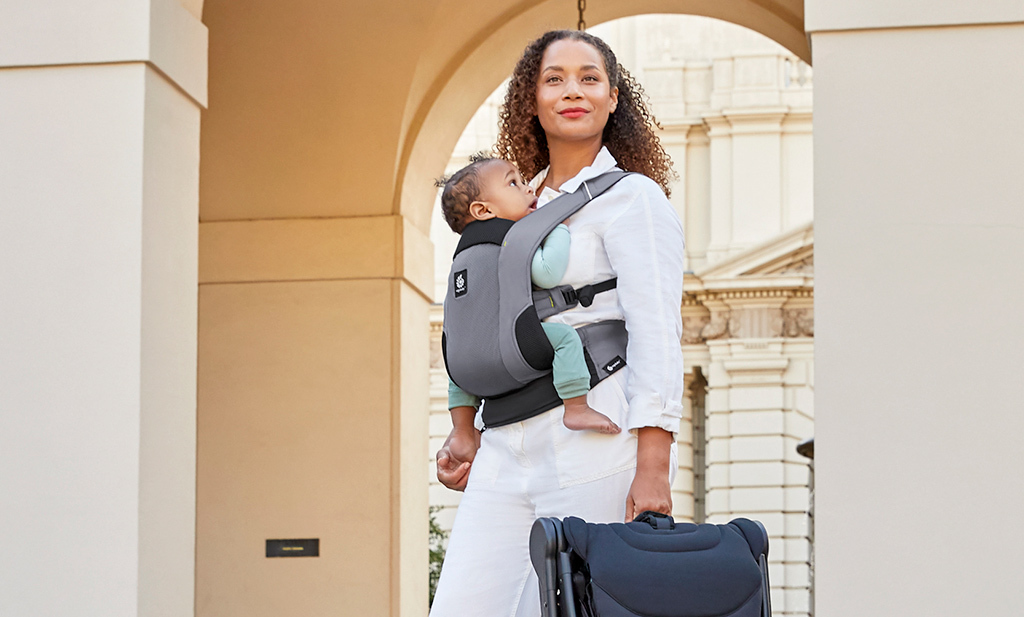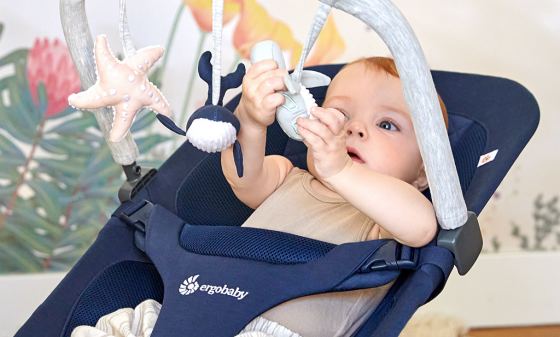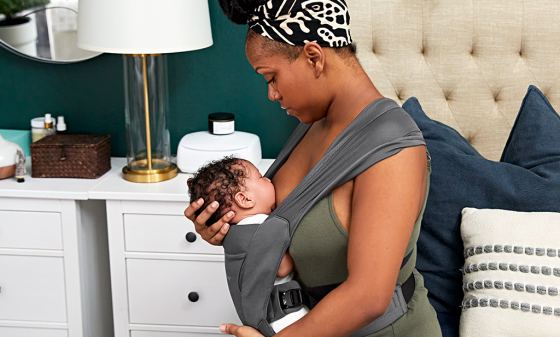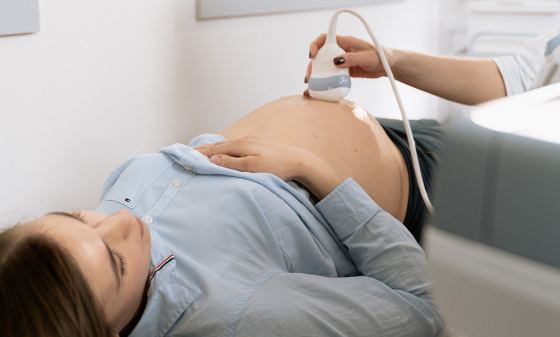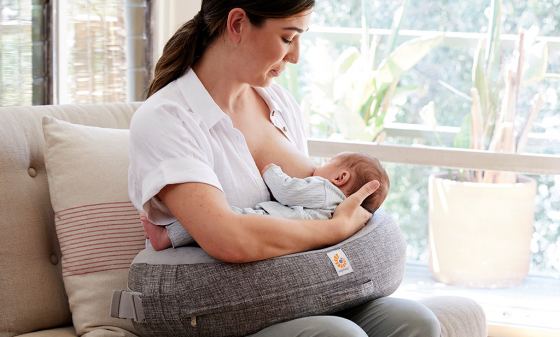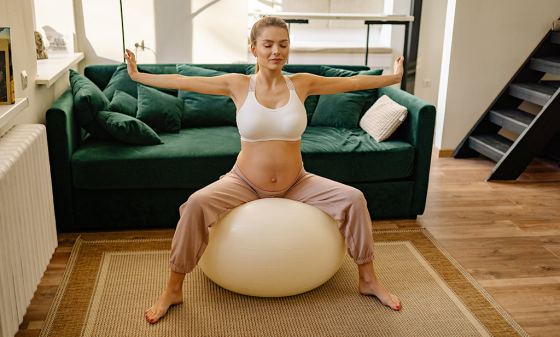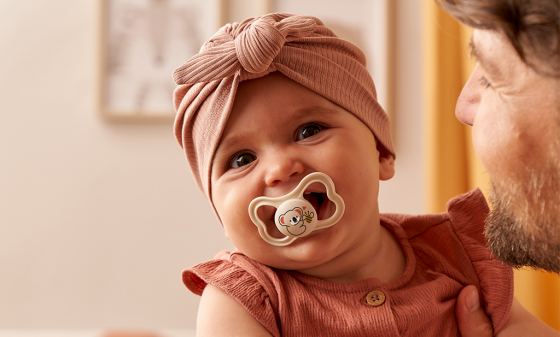A just-in-case carrier for those last-minute quick trips to the supermarket or a walk in the park, or when those little legs get tired, you never know when little one will need to be carried. The NEW Ergobaby AWAY baby carrier is the perfect back up plan for parents, grandparents, and caregivers on the go….
-
If you’ve just had a baby and are feeling sad, anxious or upset despite the happy occasion don’t worry. The first days and weeks…
-
How can you use a baby bouncer to promote your baby’s development?
Put your baby safely and securely in their bouncer, hop into the shower,…
-
If you’ve just started out breast/chest feeding, you may be wondering how to tell if your baby is or isn’t getting enough breast milk,…
-
You don’t need to avoid exercise for nine months, unless you have specific medical advice telling you not to do any or to adjust…
-
When you fall pregnant, a new organ grows along with your baby, which supplies your little one with all the important nutrients via the…
-
The first few days after birth can be quite exhausting and tiring for most breast/chest feeding mothers.
People often talk about a “breast/chest feeding marathon”,…
-
Your pelvic floor is a group of muscles that you might not think about very often, but if they aren’t strong and flexible, they…
-
Have you ever wondered how newborn babies can intuitively suckle on their mother’s breast/chest? How can they do it so instinctively? It’s simple: sucking…
-
Plagio… what? Only a few of you probably know something about this term. Some of you might know what’s behind it, or at least…

